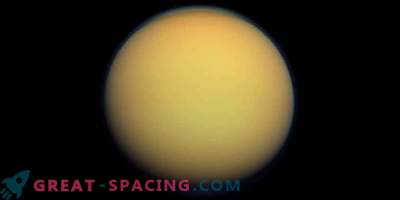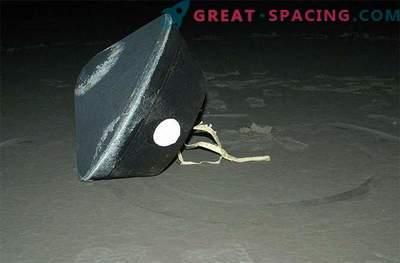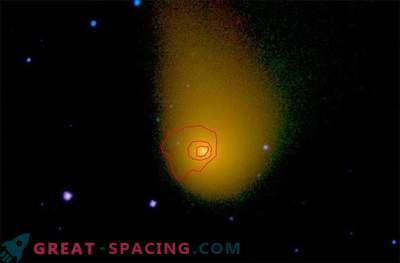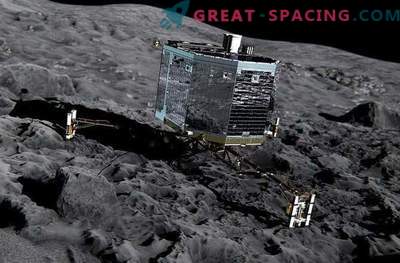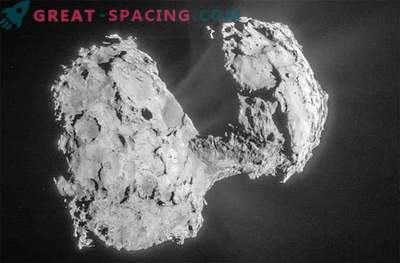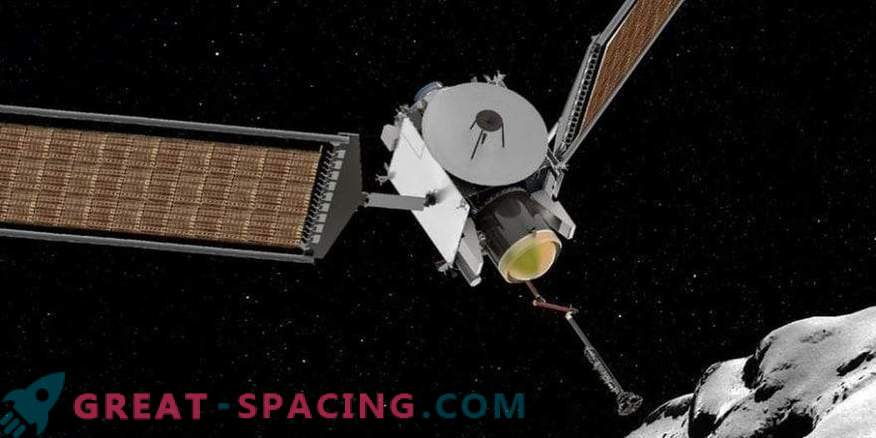
Artistic vision of the CAESAR spacecraft extracting a sample of the comet 67P / Churyumov-Gerasimenko
The proposed CAESAR comet return mission is capable of expanding knowledge of the origin and history of comet 67P / Churyumov-Gerasimenko. If it turns out to be selected by NASA, it will be able to get a sample and bring it to Earth, which will allow to study the remaining material from the period of the formation of our system.
CAESAR is one of two finalists for the next NASA mission under the New Frontiers program. The project will receive funding in 2018 for the further development of the concept. The agency should make the final choice in the spring of 2019.
Now they are just starting stage A of the mission, in the center of which the project requirements and cost / schedule are developed and determined, and the implementation plan is signed. The CAESAR probe will be based on the orbital spacecraft GEOStar-3 from Orbital ATK. The power will be provided by large coagulated solar panels created at Deployable Space Systems.
Scientific payload is dedicated to collecting and storing samples. Presented by the rock selection system (SAS), the retention system (SCS) and the gas retention system (GCS). The final element will be the Camera Suite, designed to select the location of the sample and document the mining process. All aspects of the mission are designed to maximize the scientific value of the returned sample. So the main part of the scientific research will take place in terrestrial laboratories, using equipment for analyzing nonvolatile and volatile materials from comet 67P.
CAESAR may be the second mission to study comet 67P. The first is the spaceship Rosette, arrived at the goal in August 2014. Already in November, Phila's landing probe made a good landing. The device extracted valuable information that improves our understanding of comets. The analysis showed that this group of objects belongs to the ancient remains of the formation of the early solar system.
It is important to recall that the NASA Stardust mission (Star Dust) was able to extract a sample from the comet 81P / Wild in January 2004. The total weight collected reached about 1 milligram. But CAESAR focuses on the extraction of 100 grams of the sample, which will be fully protected from changes until it returns to Earth.
